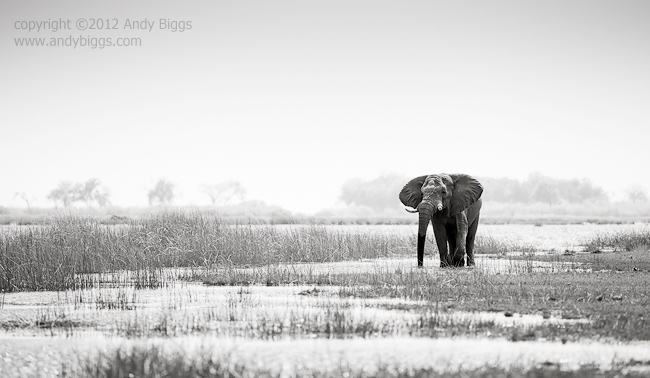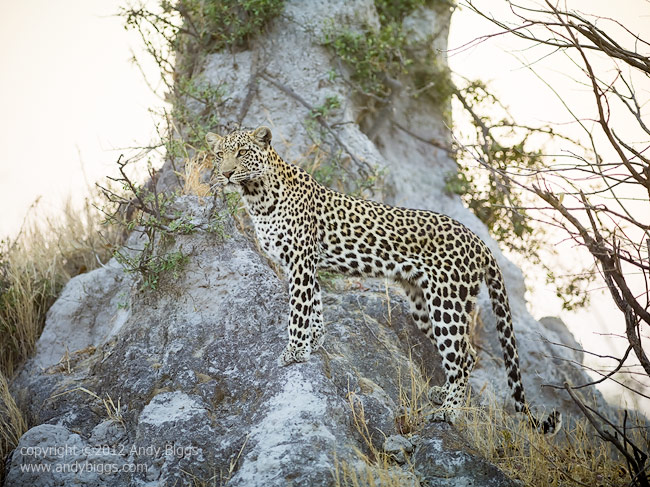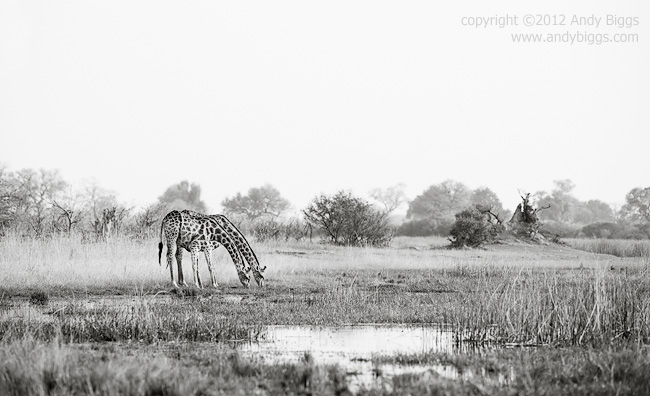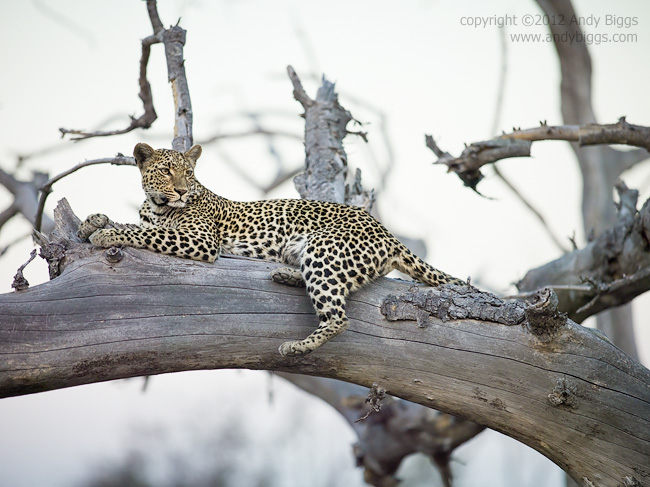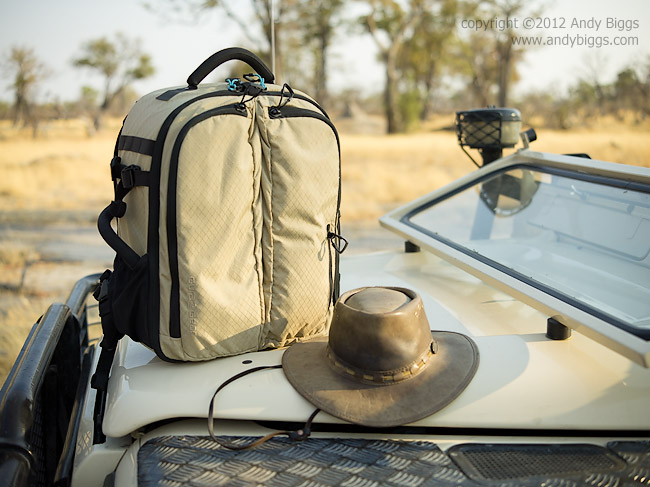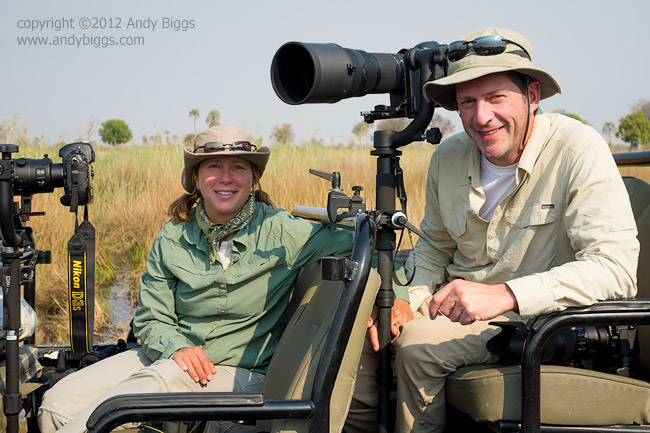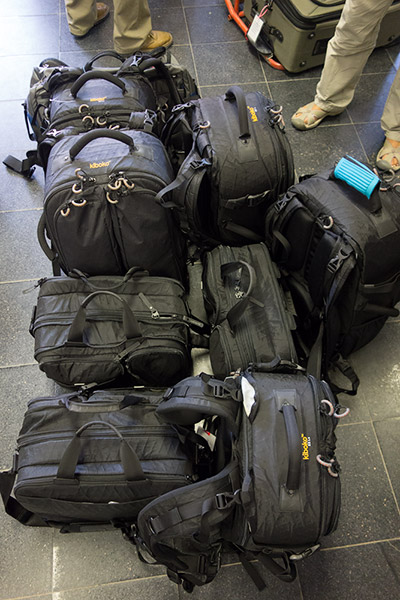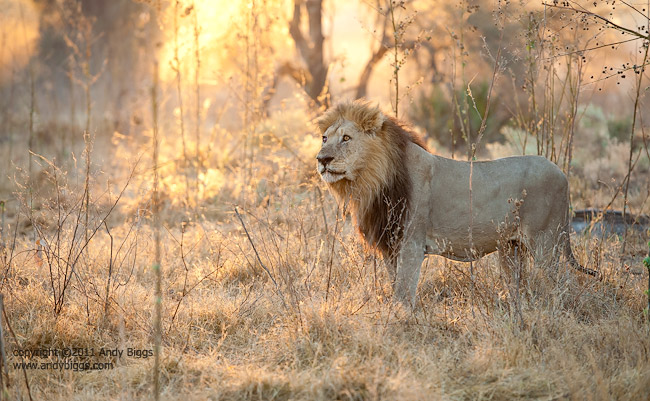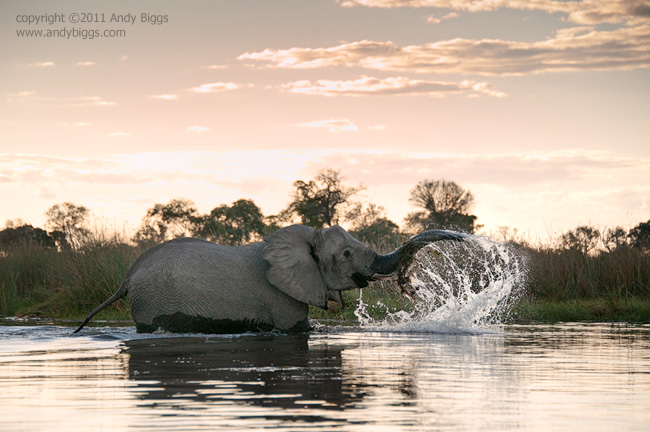Botswana Safari Report - Part 2
 Thursday, January 3, 2013 at 10:18PM
Thursday, January 3, 2013 at 10:18PM After I said goodbye to my safari group, I spent the next 3 nights in the Selinda Reserve with my good friend and guide, Kane Motswana. Kane and I have been on many game drives together, and I wanted to see him as well as spend some time between two of the camps in the reserve, Zarafa and Selinda Camp. Selinda Reserve is managed and operated by Great Plain, one of my favorite safari outfitters in Africa. They not only have great camps, but they also have a great ethos of delivering low impact, high value safaris. This really means few travelers, big pieces of land, community involvement and employees who care deeply about conserving habitat for wild animals.
During my three nights in the reserve I spent a night at Zarafa Camp and two nights at Selinda Camp. We had some great sightings, but nothing compares to the numerous game drives of nothing but African wild dogs (lycaeon pictus). I have a soft spot for wild dogs, often referred to as African painted dogs, or cape hunting dogs. We had 4 game drives in a row when the wild dogs were within 5 minutes of camp, and on one occasion they hunted down a young reedbuck and made their kill within 2 meters of my vehicle’s door. Awesome. Amazing. Violent. Efficient.
On another occasion we left for our game drive, only to turn around after 50 feet to follow the dog pack back into camp. After a few minutes we heard the staff screaming in the lobby area, and it turned out that a wild dog had chased an impala through camp and through the dining room. The impala got away, and it was funny that we would have had a better photo opportunity if we were still sitting on the couch, sipping a coffee or tea. We had some good laughs over that sighting.
As I left Selinda at the end of September the temperatures were starting to rise, and I was worried that my next safari in Namibia would be scorching heat, which ultimately never happened. Usually we refer to October as being the warmest month in Botswana, then some rains hit in early November to cool things down a bit. These early rains also coincide with very intense clouds, making for a very dramatic backdrop for photography.
I am planning on running some safaris to Selinda Camp and Duba Plains in the coming years, so look out for those on my calendar.

African Wild Dog (Lycaeon Pictus)
Phase One DF camera, IQ160 digital back, 300mm f/2.8 APO

African Wild Dogs (Lycaeon Pictus) at the end of a kill
Phase One DF camera, IQ160 digital back, 300mm f/2.8 APO

African Wild Dog Puppies (Lycaeon Pictus) at play
Phase One DF camera, IQ160 digital back, 300mm f/2.8 APO
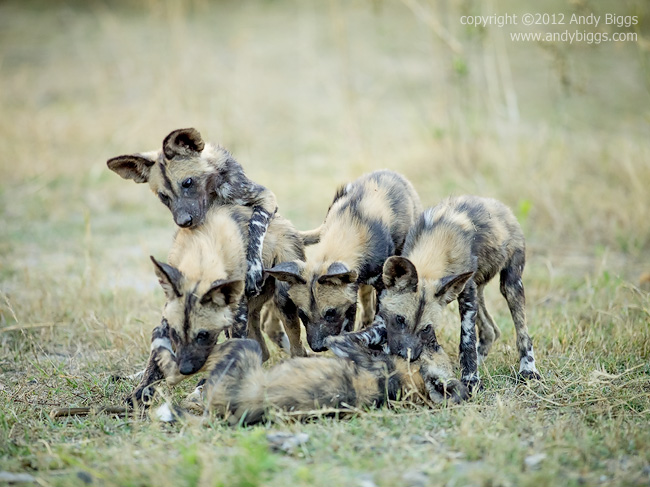
African Wild Dog Puppies (Lycaeon Pictus) at play
Phase One DF camera, IQ160 digital back, 300mm f/2.8 APO
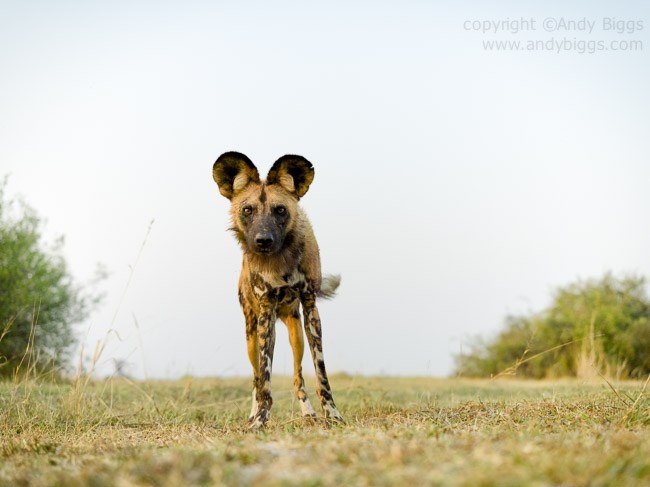
African Wild Dog (Lycaeon Pictus)
Phase One DF camera, IQ160 digital back, 28mm lens (17mm equivalent)
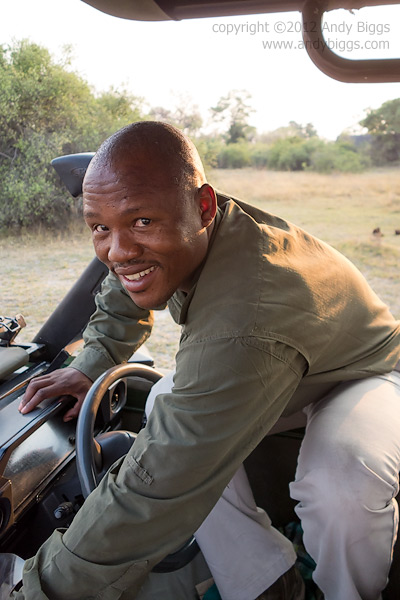
Kane Motswana
 Botswana,
Botswana,  Great Plains,
Great Plains,  Selinda,
Selinda,  Wild dog,
Wild dog,  Zarafa,
Zarafa,  africa,
africa,  safari in
safari in  Safari Reports
Safari Reports 


